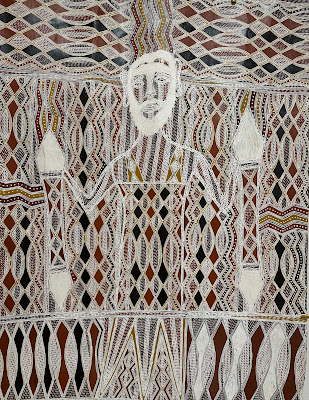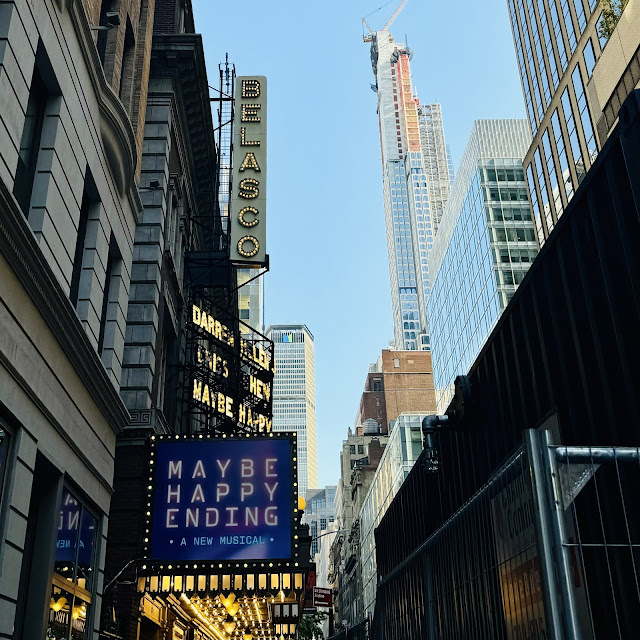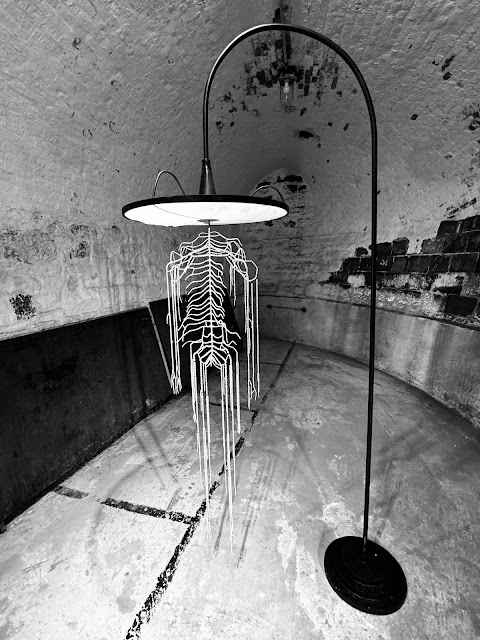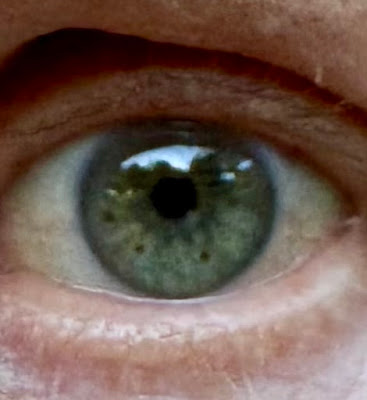Our Class starts innocently enough. Primary school students, seated tightly side-by-side, some Catholic, some Jewish, announce their names and (mostly working class) aspirations on a simple stage, behind an enormous blackboard. Needless to say, none of the kids say survivor or murderer.
A lesson is announced, with a dozen more to come. The kids, now teens, sing a few songs with some anachronistic help from the internet. Their cheerful, flirtatious vibe is at odds with what the audience knows is coming due to the place and time: the Polish village of Jedwabne, between the twentieth century's two world wars. For the next two-plus hours you are about to be put through the wringer of history.
I could not have seen Our Class at a better time, after recently spending ten days in Poland, a visit that inspired me to read Primo Levi's account of his confinement at Auschwitz and Mila 18, a thrilling, 1961 novel by Leon Uris that fleshes out much of what I'd gleaned from the country's very serious and comprehensive historical museums. But my travel and reading only obliquely addressed Polish complicity in the Holocaust; Tadeusz Słobodzianek's 2009 play confronts it head on in profound ways that reflect the controversy generated by a government investigation begun in 2000 concluding that 40-50 Polish men set fire to a barn where they had herded at least 300 Jewish citizens to their deaths, encouraged by the Gestapo.
How could this happen? Our Class shows you exactly how, in an incredible shorthand of dramatic vignettes, called lessons. These explore romantic rejection, class resentment, communist sympathy, propaganda, group think and fear, all incendiary elements that combine in a monstrous kind of circumstantial anti-Semitism that feels absolutely true, as do the superb, uniformly empathic if occasionally self-delusional performances. Although Yad Vashem eventually awards Zocha Righteous Among Nations status, there are no heroes in this play, despite their proliferation in Polish culture. And certainly no selflessness in the religious conversion, sexual denial or Hollywood rescue that take place during its increasingly grim course.
It's nearly impossible to imagine an off-Broadway production capable of making you feel like you are experiencing eight decades of a tortured, tumultuous century, but the Classic Stage Company, directed by Igor Golyak, does it with harsh lighting and a few simple props. Bicycle handlebars, ladders, balloons and sheets create environments both evocative and terrifying. In addition, the aforementioned chalk blackboard, a symbol of the premium Jewish culture places on education, doubles as a screen for video projections that remind the audience no matter how much technology has changed, the impulse to communicate and maintain connection with friends has not.
Our Class isn't for people who are out for a good time at the theater. Yet its probing exploration of humanity at its worst does have a bright side: one class member emigrates to America in 1937, marrying and becoming a rabbi, while also serving as a critical structural element of this searing drama.
Abram teaches us that procreation is the best, perhaps only, revenge.




















































